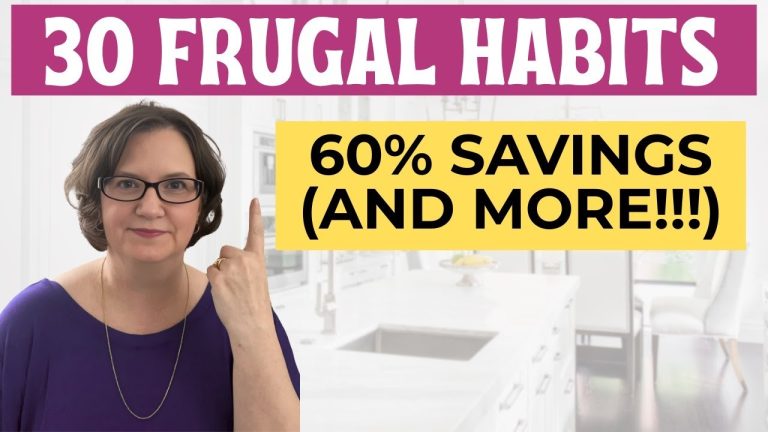How to Invest in Gold and Precious Metals
In the pantheon of investment assets, gold and other precious metals hold a unique and often enigmatic allure. For centuries, they have been revered as symbols of wealth, enduring stores of value, and ultimate safe havens during times of economic and geopolitical turbulence. Unlike equities, which derive their value from corporate earnings and growth prospects, or bonds, which represent a promise of future payments, precious metals are finite physical commodities, whose value is often tied to scarcity, industrial demand, and their psychological role as a hedge against inflation and currency debasement. Navigating the world of precious metal investment demands a nuanced understanding of their distinct characteristics, various investment avenues, and their strategic role within a diversified portfolio. For both seasoned investors seeking portfolio diversification and newcomers exploring alternatives to traditional assets, understanding how to intelligently invest in gold and its gleaming counterparts is crucial, much like a diversified corporation identifying complementary assets to strengthen its overall market position.
The primary appeal of gold, often considered the king of precious metals, lies in its historical role as a safe-haven asset. During periods of economic uncertainty, high inflation, or geopolitical instability, investors often flock to gold, driving up its price. It tends to have a low correlation, or even an inverse correlation, with traditional financial assets like stocks and bonds. This means that when equities are plummeting, gold might hold steady or even increase in value, acting as a valuable portfolio stabilizer. For example, during the 2008 financial crisis, while stock markets around the world crumbled, gold saw a significant surge in demand and price. This hedging capability is a fundamental reason why many financial advisors recommend a modest allocation to gold, typically between 5% and 15% of a well-diversified portfolio, not necessarily for aggressive growth but for capital preservation and risk mitigation.
Beyond gold, other precious metals like silver, platinum, and palladium also offer investment opportunities, each with its own unique dynamics. Silver is often called “poor man’s gold” due to its lower price point, but it shares many of gold’s safe-haven properties while also having significant industrial demand (e.g., in electronics, solar panels). This dual role can lead to higher volatility compared to gold. Platinum and palladium are rarer and primarily driven by industrial demand, particularly in catalytic converters for automobiles. Their prices are therefore heavily influenced by the health of the global automotive industry and stringent emissions regulations. Understanding these distinct demand drivers is crucial; an investor seeking a pure inflation hedge might focus on gold, while one looking for exposure to industrial growth could consider silver or palladium.
When it comes to how to invest in these metals, several avenues exist, catering to different investor preferences for liquidity, direct ownership, and cost efficiency. The most direct approach is physical ownership of gold or silver in the form of coins or bars. This offers the ultimate sense of security and tangibility, as you literally hold the asset. However, physical ownership comes with its own set of considerations: storage costs (secure vaults are often necessary), insurance, and potential premiums over the spot price when buying, and discounts when selling. It’s often not the most liquid option, and authenticity verification can be a concern for large purchases. For collectors or those prioritizing absolute physical control, this might be suitable, but for most investors, more practical options exist.
A highly popular and liquid way to gain exposure to precious metals is through Exchange Traded Funds (ETFs). Gold ETFs, for instance, track the price of gold and are backed by physical gold held in vaults. These trade like stocks on major exchanges, offering ease of buying and selling, low management fees, and eliminating the complexities of physical storage and insurance. Similarly, ETFs exist for silver, platinum, and palladium, allowing investors to diversify across the precious metals complex with minimal effort. This method provides exposure to price movements without the logistical challenges of physical ownership, making it ideal for portfolio diversification.
Another avenue is investing in mining stocks. These are shares of companies involved in the exploration, extraction, and processing of precious metals. This approach offers a different risk-reward profile. While mining stocks can benefit from rising metal prices, their performance is also tied to company-specific factors like operational efficiency, management quality, geopolitical risks in mining regions, and production costs. They can be more volatile than direct metal ETFs but offer the potential for higher returns if the company performs exceptionally well. An investor bullish on gold but also confident in a specific company’s operational capabilities might opt for mining stocks, understanding they are investing in a business, not just a commodity.
For more sophisticated investors, futures contracts and options on precious metals offer leveraged exposure. These derivatives allow investors to speculate on future price movements without owning the underlying asset directly. However, these instruments are highly complex, carry significant risk due to leverage, and are generally recommended only for experienced traders with a deep understanding of market dynamics and risk management. Their primary use is often for hedging purposes or short-term speculation rather than long-term investment.
Ultimately, the decision to invest in gold and precious metals should be viewed through the lens of portfolio diversification and risk management, rather than as a primary source of exponential growth. While they can perform exceptionally well during specific economic conditions, their role is typically to act as a hedge against inflation, currency devaluation, and market volatility. They provide a counterbalance to traditional equity-heavy portfolios, aiming to preserve capital during turbulent times. A smart investor will research each metal’s unique characteristics, choose an investment vehicle that aligns with their comfort level and financial goals, and allocate a modest portion of their overall portfolio to these ancient, yet enduring, stores of value. This balanced perspective, acknowledging their strengths as well as their limitations, is the key to leveraging the unique power of precious metals in a comprehensive investment strategy.







